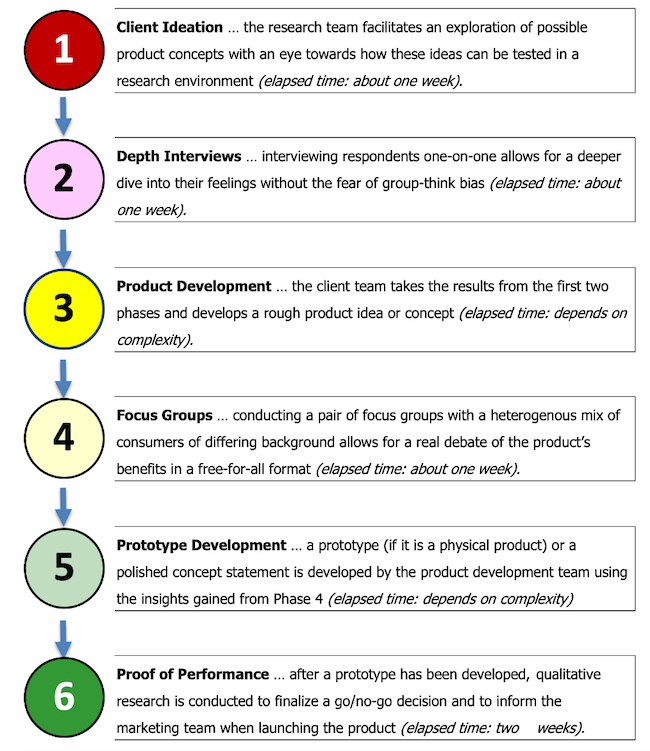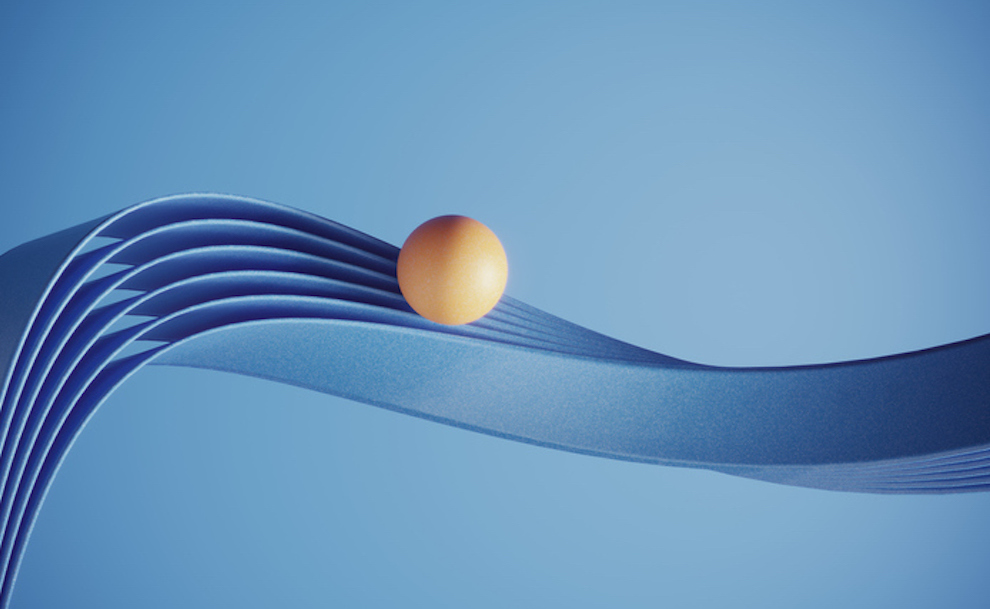Editor’s note: Rick Weitzer is principal at Prell Organization, a research consulting firm, and an adjunct associate professor at Webster University’s Walker School of Business and Technology. Weitzer is also co-chair of QRCA’s Academic Special Interest Group. This is an edited version of a post that originally appeared on QRCA.org under the title, “How qualitative research can be more agile.”
Qualitative research is sometimes thought to be too difficult to conduct, too expensive to afford and take too long to deliver. But we have found that our work can be more valued by our clients if we resolve these three pain points – without sacrificing quality.
By accelerating the research process, costs and complications are reduced because elements that cannot be executed quickly have been eliminated. For example, use machine transcriptions (easy, cheap and fast!) instead of human transcriptions, because a detailed verbatim transcript is not necessary if you are writing a quick topline report.
Is “agile” really new?
But is this agile method just a new name for an existing methodology? Or is it a new way of conducting research? In many ways, qualitative research has always been more agile than quantitative research, and as the needs of businesses evolve, qualitative has become – out of necessity – even quicker and more agile.
The key is to align the research process more closely with how marketing teams work – quickly, decisively and iteratively. Decisions can be made on-the-go and in real time, sometimes within hours of fielding the research.
Instead of conducting four, six or even eight focus groups at one time, use an iterative approach with short flights of qualitative research spread out over a longer period, with time in between for creative development.
Qualitative research: The iterative model
Here’s an example of a product development cycle that iterates between research tasks and client-oriented tasks. This model can be adapted to make other marketing decisions.

Like most product development timelines, this process will still take months to work through, yet the three research phases are choreographed in such a way that reduces the total research time to only four weeks. This can be accomplished by planning (and recruiting) the next research phase before the previous phase ends.
What are the benefits?
The benefits to the researcher (both internal and external), as well as the users of the research are substantial:
- If you are a corporate researcher, being more involved with the brand/product team can earn you a place at the decision-making table, enabling you to do better research, but also giving you more face time that can accelerate your career.
- If you are a research consultant, you also gain direct access to decision makers whose actions can appear opaque to external vendors. This access makes you a more valuable partner to your clients and can result in repeat business.
- And if you are an end-client user of research insights, you benefit by shortening the timelines, reducing complexity and gaining the flexibility to control costs.
In the end, the results may look a lot like traditional qualitative research, but this process is a better fit with the way business decisions are being made today.
